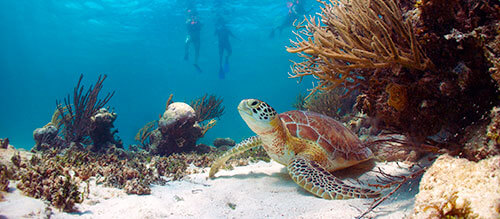Spanish Culture: Holidays in Peru | donQuijote





Christmas traditions are often celebrated by the warming light of a summer’s sun. All makes Latin Christmas for a curious and very colorful celebration.
View Post
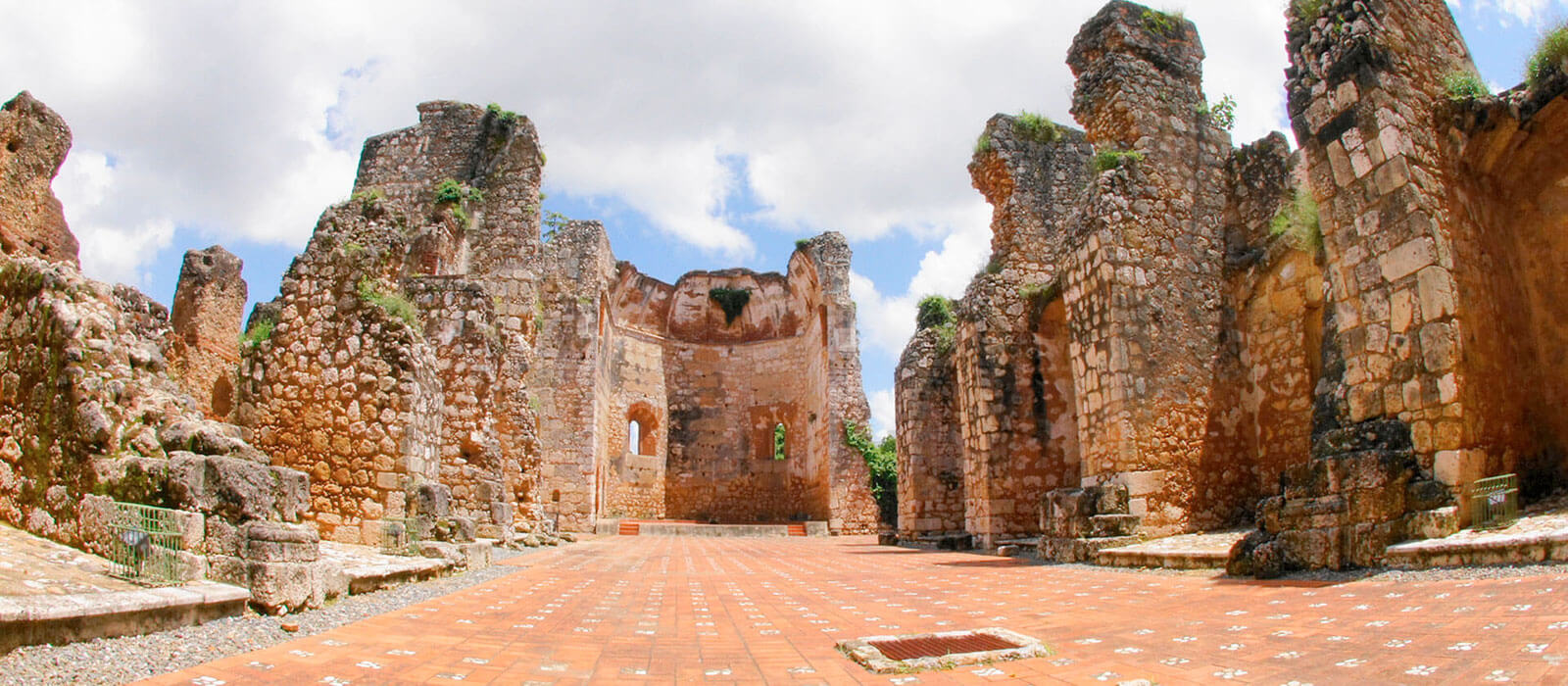
A lot of Christmas celebrations take place throughout the month of December around the Spanish speaking world. Find out more on our Spanish Language Blog!
View PostCarnival in the Dominican Republic is celebrated twice a year. The island in the Caribbean Sea is a heavenly destination for a language vacation!
View Post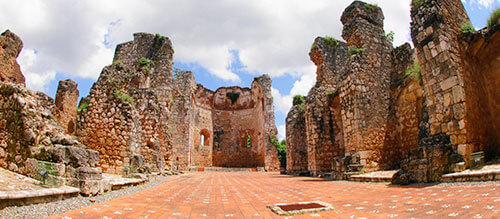

October 12th. Some Latin American countries that once commemorated the day as el Día de la Raza have in recent years changed the name to honor diversity.
View PostA lot of Christmas celebrations take place throughout the month of December around the Spanish speaking world. Find out more on our Spanish Language Blog!
View Post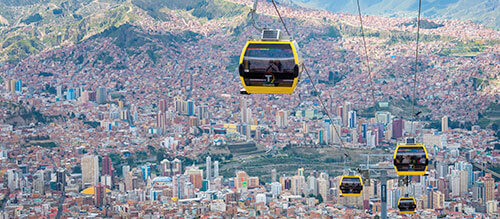

A lot of Christmas celebrations take place throughout the month of December around the Spanish speaking world. Find out more on our Spanish Language Blog!
View Post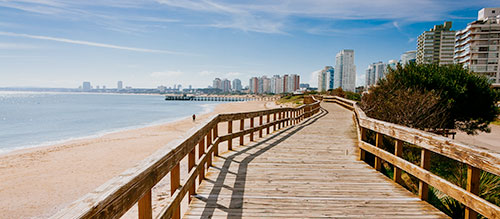



A lot of Christmas celebrations take place throughout the month of December around the Spanish speaking world. Find out more on our Spanish Language Blog!
View Post



Christmas traditions are often celebrated by the warming light of a summer’s sun. All makes Latin Christmas for a curious and very colorful celebration.
View Post

